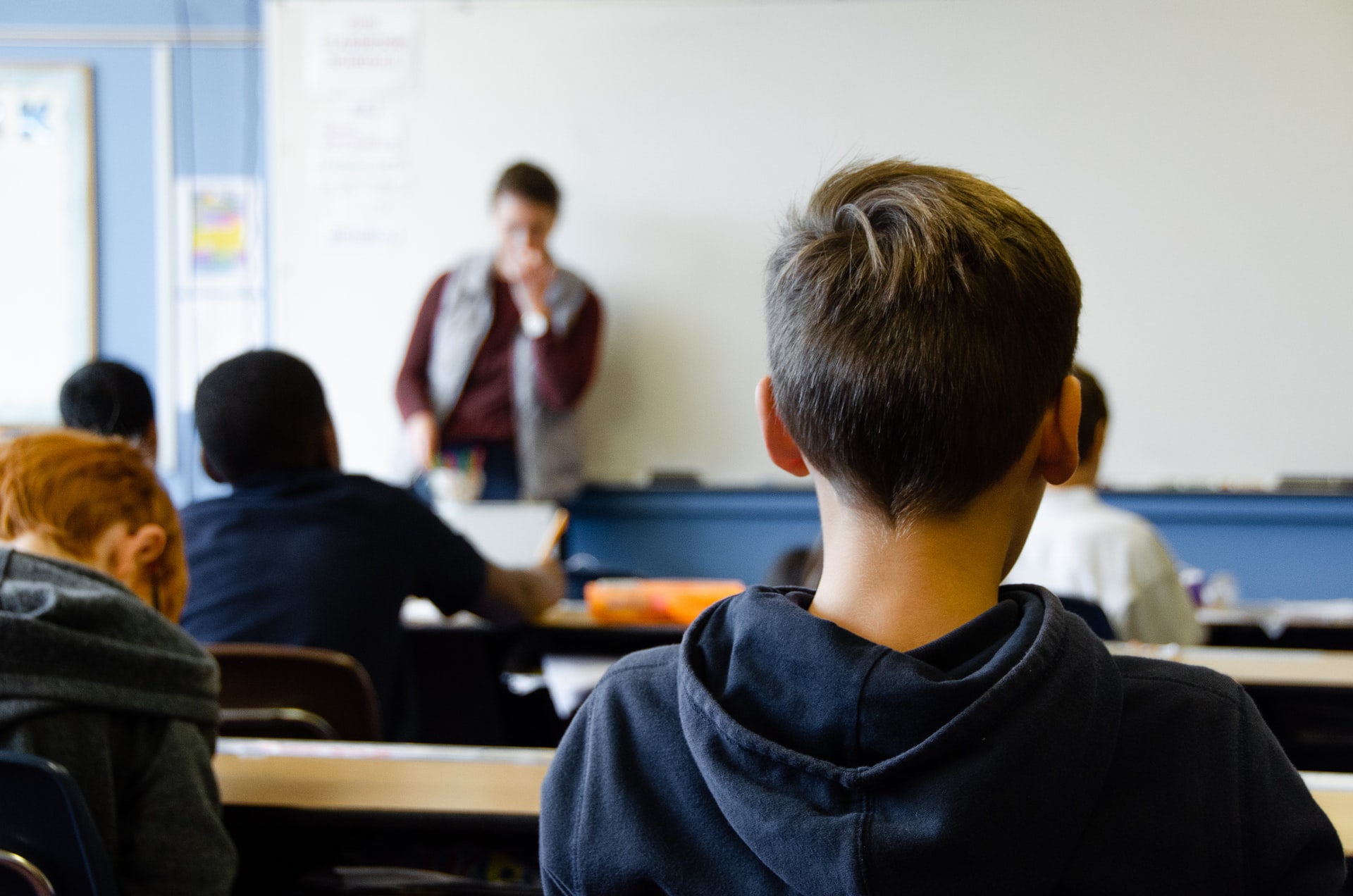Don’t Allow Disruptive Learners to Ruin Everyone Else’s Education

If you’ve ever been in a classroom, whether as a learner, teacher, parent, or administrator, you’ve probably witnessed an all too common phenomenon: one or two learners who have no desire to learn act disruptively, ignore and disobey the rules and the instructor, and ultimately negatively impact the learning and even the safety of everyone else in the room.
Educators already wear a lot of hats: they design courses, administer discipline, tutor, come up with new ways to impart information when classes don’t work, engage with parents, and so much more. On top of that, instructors in many schools are now subjected to violence, threats, yelling, and other sorts of abuse from their students, and there is little they can do about it. This essay will go through what it means to be a disruptive learner, why it is so harmful to everyone in the classroom, and what needs to change.
What exactly is a disruptive learner?
It can be difficult to grasp the profound impact highly disruptive learners have on learning for the entire class unless you have been an educator or student in a classroom with extremely disruptive learners. A disruptive learner is not the only one who discusses or distributes notes during class, albeit this is a kind of rule violation and misconduct. Disruptive learners are those that threaten educators or other students, yell and scream at the instructor or other students in the classroom, or are so loud and violent that classroom learning is difficult and even dangerous. Educators’ stories like this one are all too prevalent. Yes, this is something that many instructors face regularly, at all grade levels.
What is it about disruptive learners that makes them so destructive to learning?
When one pupil wants the teacher’s whole and immediate attention, it is impossible to finish the lesson. When there are more disruptive students or more frequent disruptions, this consumes more classroom time. It is just not viable to continue teaching over a yelling or aggressive student while both interrupting the course to execute disciplinary measures (such as instructing the learner to switch seats, taking them into the hallway for a one-on-one discussion, or calling for an administrator).
It not only makes it hard for other students to study, but it may also make them feel uncomfortable in class or at school. School is intended to be a safe place for children, but educators are simply not provided with the resources they require to assure this safety, nor should they be the only ones accountable for rectifying inappropriate behavior. Many excellent instructors, according to this report, switch schools or leave their positions as a result of inappropriate, outrageous behavior by students.
What needs to be altered?
Educators cannot be alone responsible for protecting not just education but also the safety of themselves and other learners against disruptive students. Parents, administrators, social workers, and others must assist educators so that they can accomplish their duties. According to this study, one of the biggest reasons instructors leave or move schools is a lack of support. Learners have all of the rights in the classroom, not the teachers, and disruptive students are well aware of this and take advantage of it. By retaining these students in traditional classroom settings, the education system is failing both instructors and students.






